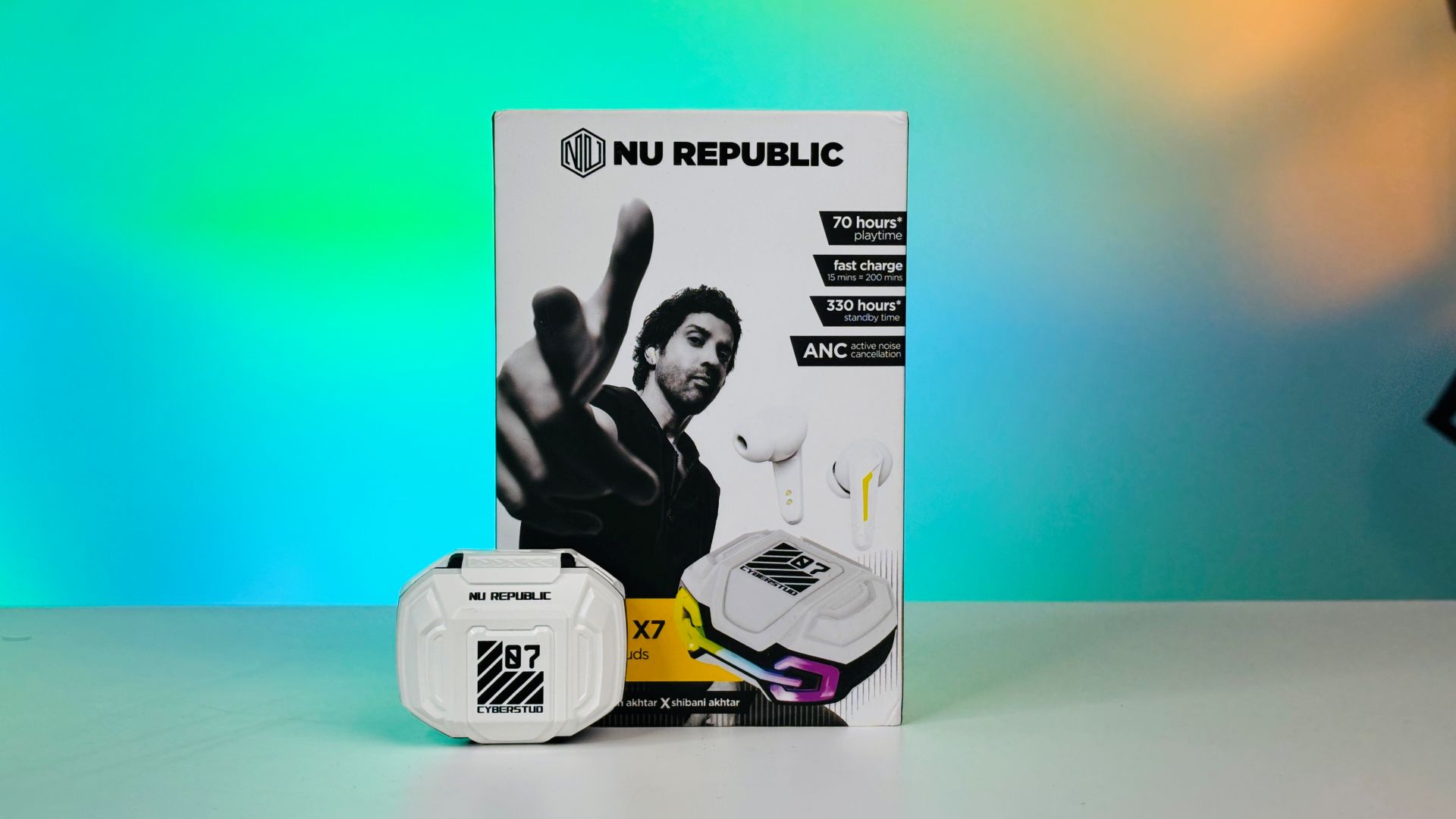In today’s digital age, misinformation spreads like wildfire, often fueled by doctored images and misleading visuals. Recognizing the urgent need to combat this, WhatsApp has rolled out a groundbreaking feature that empowers users to identify fake photos with unprecedented ease. This innovative tool, accessible with a single click, promises to revolutionize the way we consume and share information on the platform.
This new feature comes at a time when the spread of misinformation, particularly through manipulated images, has become a global concern. Platforms like WhatsApp, with their massive user base, are often exploited for disseminating false information. This update aims to equip users with the ability to critically assess the authenticity of images they receive, fostering a more informed and responsible digital community.
How WhatsApp’s Fake Photo Detection Works
WhatsApp’s new feature leverages advanced AI algorithms to analyze images and flag potential inconsistencies. Here’s a breakdown of the process:
- One-Click Activation: When a user receives an image that seems suspicious, they can simply long-press on the image to access a menu. This menu includes a new option to “Verify Image Authenticity” or a similar label.
- AI-Powered Analysis: Upon clicking this option, WhatsApp’s AI algorithms spring into action. These algorithms scrutinize various aspects of the image, including:
- Metadata: The AI examines the image’s metadata, which contains information about when and where the photo was taken, the device used, and any modifications made. Discrepancies in this data can be a red flag.
- Pixel-Level Analysis: The AI delves into the image at a pixel level, looking for signs of manipulation like unnatural edges, cloning, or splicing.
- Reverse Image Search: The AI performs a reverse image search to see if the same image or similar versions exist online. This helps determine if the image has been taken out of context or altered.
- Results and User Action: Based on its analysis, the AI provides the user with a confidence score regarding the image’s authenticity. It might indicate that the image is likely genuine, potentially manipulated, or requires further investigation. Users can then decide whether to trust the image, seek additional information, or report it as potentially misleading.
My Experience with the Feature
I recently encountered a questionable image circulating in a family group chat. It showed a local landmark supposedly struck by lightning. Intrigued, I decided to put WhatsApp’s new feature to the test. With a simple long-press and a click, the AI went to work. Within seconds, it returned a result indicating that the image was likely manipulated. A quick reverse image search confirmed this, revealing that the original photo was years old and the lightning strike had been digitally added. Thanks to this feature, I was able to prevent the spread of misinformation within my own circle.
The Impact of WhatsApp’s Photo Verification Tool
This seemingly simple feature has the potential to make a significant impact in the fight against fake news. Here’s how:
- Empowering Users: By putting the power of AI into the hands of everyday users, WhatsApp enables individuals to become critical consumers of information. This promotes media literacy and reduces the reliance on external fact-checkers.
- Curbing Misinformation: The ability to easily identify fake photos can significantly curb the spread of misinformation, especially during critical events like elections or public health crises.
- Promoting Responsible Sharing: Knowing that images can be easily verified encourages users to be more cautious about what they share, fostering a more responsible and trustworthy online environment.
Limitations and Challenges
While WhatsApp’s new feature is a significant step forward, it’s important to acknowledge its limitations:
- Not Foolproof: AI algorithms, while sophisticated, are not perfect. There’s always a possibility that a cleverly manipulated image could slip through the cracks.
- Over-Reliance on Technology: Users should avoid becoming overly reliant on the tool and continue to exercise critical thinking. Cross-referencing information and relying on trusted sources remain crucial.
- Potential for Misuse: There’s a risk that the feature could be misused to discredit genuine images or to harass individuals.
The Future of Fighting Fake News on WhatsApp
WhatsApp’s photo verification tool is just the beginning. The platform is likely to continue investing in AI-powered solutions to combat misinformation. We can anticipate further enhancements, such as:
- Video Verification: Extending the technology to verify the authenticity of videos, which are increasingly used to spread misinformation.
- Real-time Detection: Integrating the AI algorithms to detect and flag potentially fake images as they are being shared, preventing their widespread dissemination.
- Collaboration with Fact-Checkers: Partnering with independent fact-checking organizations to provide users with more comprehensive and reliable information about disputed images.
WhatsApp’s new photo verification feature is a powerful weapon in the fight against fake news. By empowering users to identify manipulated images with a single click, WhatsApp is fostering a more informed and responsible digital community. While challenges remain, this innovative tool represents a significant step towards creating a more trustworthy online environment.


























Add Comment